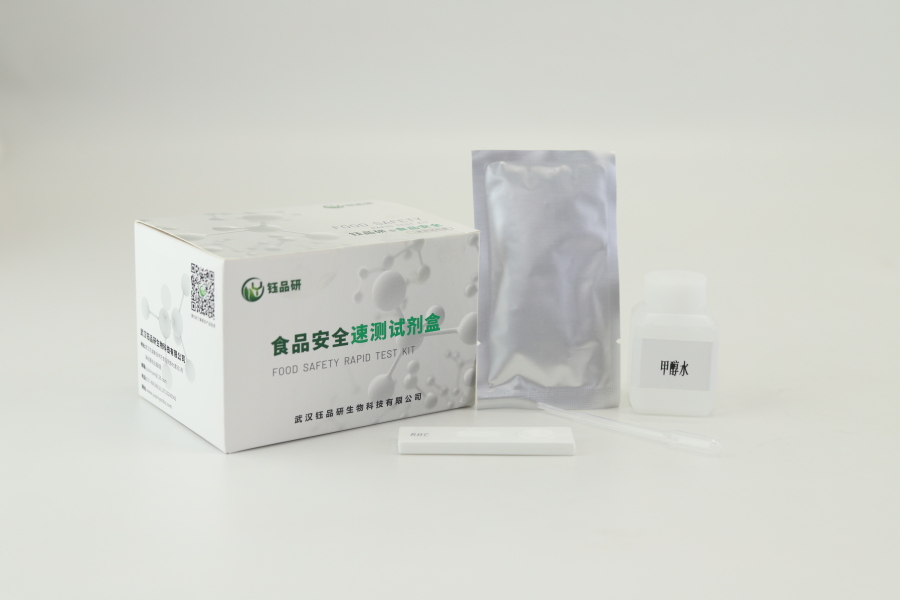
food safety is a major issue related to public health, and pesticide residues, as an important risk factor, have been widely concerned. Among many pesticides, chlorothalonil, carbendazim and other fungicides are widely used in agricultural production, and their residue detection has become a key link in food safety monitoring. Establishing efficient and accurate detection methods is of great significance to ensure the quality and safety of agricultural products and maintain consumer health.
At present, there are various detection methods for fungicides such as chlorothalonil and carbendazim. Traditional instrumental analysis methods, such as high-performance liquid chromatography (HPLC) and gas chromatography-mass spectrometry (GC-MS), play an important role in laboratory testing due to their high sensitivity and high accuracy. These methods can accurately separate and quantify fungicide residues in samples, providing authoritative data support for regulatory authorities. However, such methods usually require complex sample pretreatment processes, take a long time to operate, and have high professional requirements for instruments, equipment and operators, making it difficult to meet the needs of on-site rapid screening and rapid detection of a large number of samples.
In order to make up for the shortcomings of traditional methods, rapid detection methods came into being, and are playing an increasingly important role in grass-roots supervision, enterprise self-inspection and other fields. Rapid detection methods mainly include immunochromatography (such as colloidal gold test strips), enzyme-linked immunosorbent assay (ELISA), etc. These methods have the advantages of simple operation, fast detection speed, relatively low cost, and low requirements for testing personnel and equipment. They can realize rapid screening of samples, greatly improve the detection efficiency, and gain valuable time for food safety supervision.
In practical applications, the selection of appropriate detection methods requires comprehensive consideration of factors such as detection purpose, sample type, detection accuracy requirements, and cost budget. For laboratory analysis or official sampling that requires accurate data, traditional instrumental methods are still the first choice; while for rapid screening in production bases, markets, restaurants, etc., rapid detection methods are more suitable.
Wuhan Yupinyan Bio, as a professional food safety rapid detection reagent manufacturer, deeply understands the importance of rapid detection in the food safety assurance system. The rapid detection reagents for fungicides such as chlorothalonil and carbendazim developed and produced by it are designed to provide convenient and reliable detection tools for the majority of users. These reagents usually use advanced technologies such as immunochromatography, which can complete the detection of samples in a short time. The operation process is simple and easy to understand, and even non-professionals can master it proficiently after simple training. By using the rapid detection reagents of Wuhan Yupinyan Bio, it can help relevant units and individuals to detect the residue problems of fungicides in agricultural products or foods in a timely manner, effectively prevent food safety risks, and contribute to the dietary safety of consumers.
In short, whether it is chlorothalonil or carbendazim, the effective detection of these fungicides is an important link in the chain of ensuring food safety. With the continuous development of detection technology, it is believed that there will be more fast, accurate and sensitive detection methods and products emerging to help build a more solid food safety defense line. Wuhan Yupinyan Bio will also continue to be committed to innovation and development in the field of food safety rapid detection, to provide more powerful technical support for improving food safety level.

